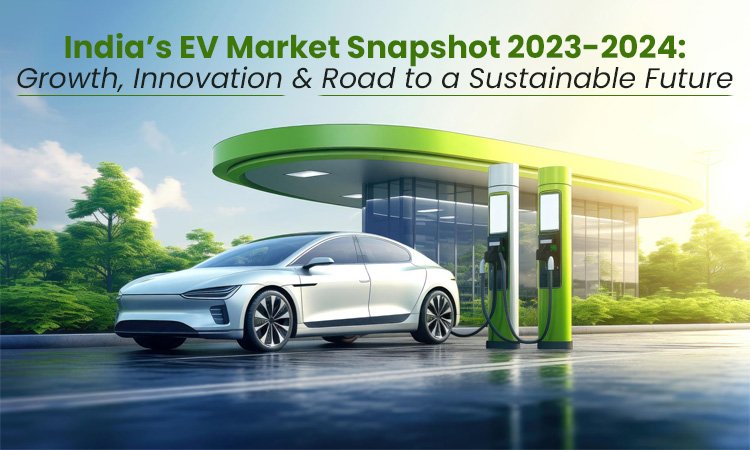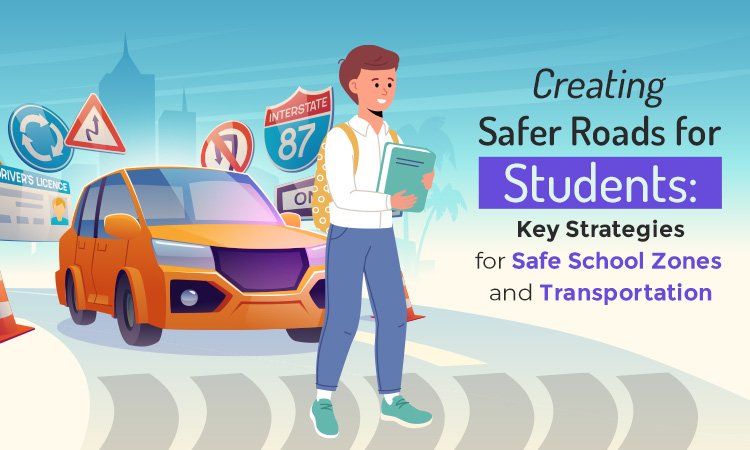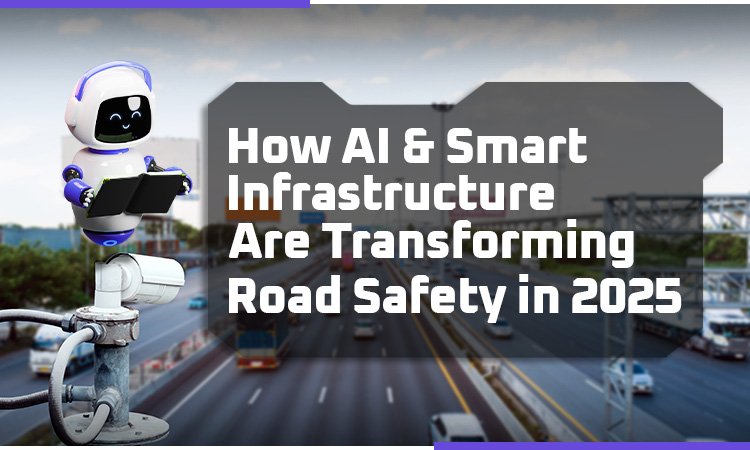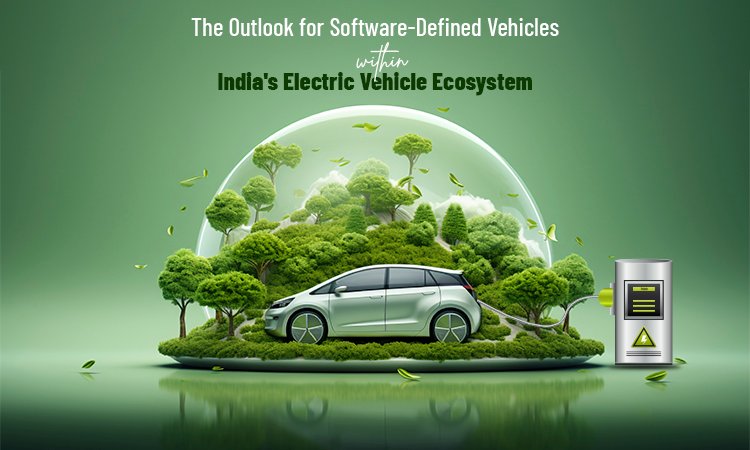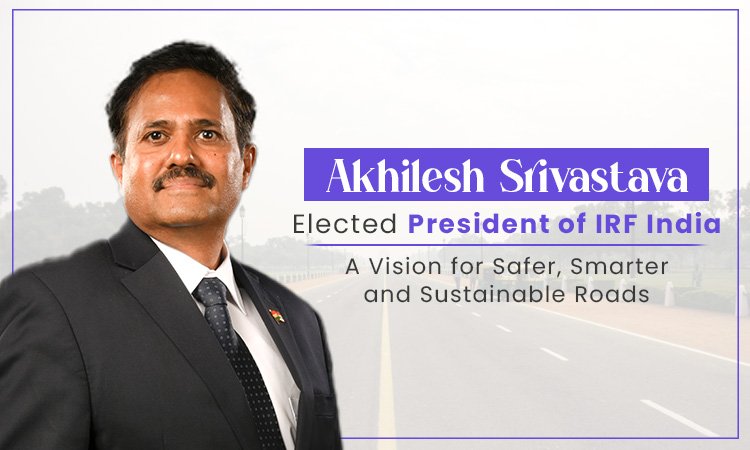ITS India Forum Joins ITS Asia Pacific Forum: Advancing India’s Role in Smart Mobility
ITS India Forum Joins ITS Asia Pacific Forum: Advancing India’s Role in Smart Mobility The ITS India Forum has been unanimously accepted as a member of the esteemed ITS Asia Pacific Forum, marking a significant step forward in India’s integration into the region’s leading intelligent transportation network. This development marks a pivotal moment in India’s intelligent transportation evolution, effectively linking the country’s vast and dynamic mobility ecosystem with the Asia-Pacific region’s premier intelligent transport network. India, with the second-largest road network globally and now ranked as the third-largest automobile market, is emerging as a major global force in the mobility sector. This strategic partnership is set to fast-track India’s transport innovation by providing access to global best practices, fostering regional collaboration, and unlocking unparalleled opportunities for growth and development. A Strategic Boost to India’s Evolving Mobility Landscape With rapid expansion in both infrastructure and vehicle population, India’s inclusion in the ITS Asia Pacific Forum comes at a crucial time. The nation’s highway network continues to grow at an impressive pace, reflecting its increasing significance in the global mobility economy. “India, home to the world’s second-largest road network and third-largest vehicle market, stands as a major global force in the mobility sector,” said Mr. Akhilesh Srivastava, President of ITS India Forum. “Becoming part of the ITS Asia Pacific Forum enables us to harness our strengths to drive transformative advancements in India’s transportation systems.” This membership gives India a seat at the table in regional ITS strategy discussions, allowing the nation’s unique challenges and innovations to influence the development of future intelligent transportation policies across the Asia-Pacific region. Key Benefits for India’s Mobility Ecosystem 1. ) Access to Global Best Practices Indian stakeholders now have access to global advancements in Intelligent Transportation Systems (ITS), including smart infrastructure, autonomous mobility, and next-generation traffic management solutions. These insights will help fast-track the deployment of effective mobility solutions across the country. 2.) Enhanced Collaboration and Partnerships The forum offers a robust platform for Indian entities to collaborate with international governments, corporations, and research institutions. This will facilitate joint ventures, pilot programs, and knowledge-sharing that can drive innovation and scale up local solutions. 3.) Technology Exchange and Innovation Indian experts will now participate in cross-border technology exchanges, contributing local innovations and integrating cutting-edge solutions such as AI-based traffic optimization, connected vehicle platforms, and smart city mobility tools. 4.) Influence in Global Policy Development By participating in high-level discussions, India will help co-create policies and standards that align global best practices with local needs, fostering a balanced and sustainable transportation framework. “This membership represents a pivotal milestone in the evolution of India’s Intelligent Transportation Systems landscape,” stated the ITS India Forum. “It opens new avenues for innovation, learning, and global cooperation that will define the future of transport in India.” India Set to Make a Mark at ITS Asia-Pacific Congress 2025 in Suwon, South Korea The ITS India Forum is preparing to lead a high-level Indian delegation to the 20th ITS Asia-Pacific Congress, scheduled for May 27–30, 2025, in Suwon, South Korea. This international forum will spotlight cutting-edge mobility technologies and sustainable transport solutions, including electric and hydrogen-powered vehicles. A key highlight of India’s participation will be a keynote address by Mr. Akhilesh Srivastava, centered on inclusive, sustainable, and future-ready mobility. He will unveil a strategic roadmap aimed at transforming India’s transportation landscape through innovations like Mobility as a Service (MaaS), connected vehicle technologies, dynamic road pricing models, and sustainable energy solutions. The Indian delegation will also actively engage in discussions on global collaboration, technology co-development, and bilateral pilot projects, reinforcing India’s commitment to shaping and adopting global ITS advancements. Driving the Future of Smart Mobility Through Global Collaboration India’s induction as the 12th member of the ITS Asia Pacific Forum marks a landmark step that will accelerate the country’s progress toward next-generation mobility solutions. With direct access to global networks of expertise, India can adopt proven technologies, skip redundant development cycles, and achieve faster implementation of solutions in areas like: Smart traffic and signal management Autonomous and connected transportation Real-time traveler information systems Scalable MaaS platforms Moreover, this move positions India not just as a beneficiary but also as a contributor to the global ITS narrative. The country’s experiences with high-volume road networks and complex urban mobility offer valuable insights for peers across the Asia-Pacific region. “Suwon 2025 represents a step toward deeper global cooperation for a connected, sustainable future,” said Mr. Akhilesh Srivastava. “India is prepared to lead, learn, and collaborate internationally to shape the future of intelligent transportation.” Looking Ahead: India to Feature at ITS World Congress 2025 in Atlanta, USA Strengthening its global presence, the ITS India Forum also announced plans to lead a sizable Indian delegation to the ITS World Congress in Atlanta, USA, from August 24–28, 2025. A dedicated “ITS India Pavilion” will be set up to showcase India’s home-grown innovations, start-ups, and industry leaders in the smart mobility space. Conclusion: A New Era of Intelligent Transport for India India’s inclusion in the ITS Asia Pacific Forum ushers in a new era of strategic collaboration, technological exchange, and strengthened global leadership in intelligent mobility. This alliance will empower India to deploy next-gen ITS solutions—from digital tolling and smart city traffic systems to green mobility initiatives—while aligning with global best practices. By embracing this collaborative vision, India is poised to revolutionize its transportation ecosystem, enhance commuter safety, reduce congestion, and build a more sustainable, inclusive, and intelligent future of mobility.







